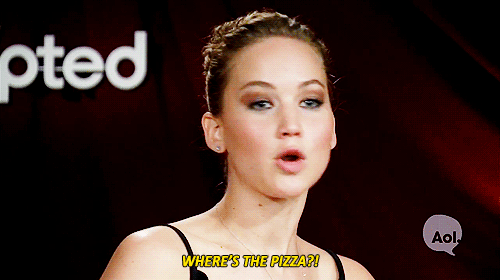When marketing a book, it is crucial to know who your audience is or who you are writing for. It is therefore important that you adjust your writing style, from what you are used to, to adapt to your audience specifics. In finding success in marketing a book, make sure you have a great sales pitch to increase book sales and reach a wider audience.

Before you place one single finger on the keys you MUST know your audience. Who are you writing for and how do they listen? When you are marketing a book, (for now we’ll focus on self-help books), it's important that you have geared your words directly for the audience receiving you. That's if you want open arms to fall into.
I know I've mentioned in other articles about sticking with your writing style. That still holds true but you also need to have an open mind and some bend-ability to adapt somewhat depending on the audience specifics. For instance you may be writing in general about the harmful cancers found in Grade A beef on the grocery shelf. When you are writing for a general information audience you want to tone down a little on the technical and make sure your writing is colorful and alive. Make sure you've got a great sales pitch and are able to entertain as well as educate while your fingers are massaging the keys. If on the other hand you've landed a technical gig where you have an audience in front of you that's only interested in the statistical data of cancers in meat, then you've got to take some of the creativity out of your writing style and flatten your voice a bit before delivering.
Here are a few pointers to help you along creating success with your self-help books.
RESEARCH
By reading about your intended audience you will learn and grow. The more you know the better you will be able to bridge the gap between your knowledge and their need to learn.
TEST DRIVE
You may not know who your audience is off the hop and that's perfectly kosher. Experiment a little and measure what sort of response you get from different audiences. Often you will find your devoted audiences in the weirdest places. When you are marketing a book look behind your pre-set boarders.
ASK THEM
Reach out and touch your audience directly. Ask them what they specifically would like you to write about. Everyone love and wants to be involved. By initializing this attachment you've already got a base eager for your words before you've even begin writing your first of many amazing self-help books.
EXPERIMENT
When you get comfortable as a writer it's time to get uncomfortable. Lift your walls and see what else is out there. Many times writers feel trapped in writing for a specific audience only to discover that there are zillions of other people that want to read, learn, and grow from what you have to say.
Finding success in marketing a book means you've got to want it, and if you want it then you will find a way to know your audience. As a result, you will have a solid platform in place of devoted followers that are pre-ordering your massive collection of incredible self-help books. Open your mind to the possibility, get real, set your goals , and never look back! Promise you WILL get there.
, and never look back! Promise you WILL get there.


















